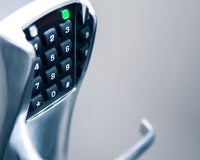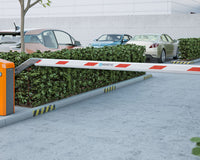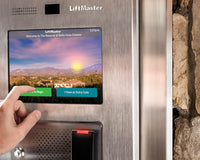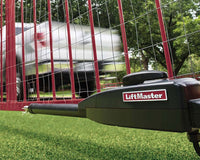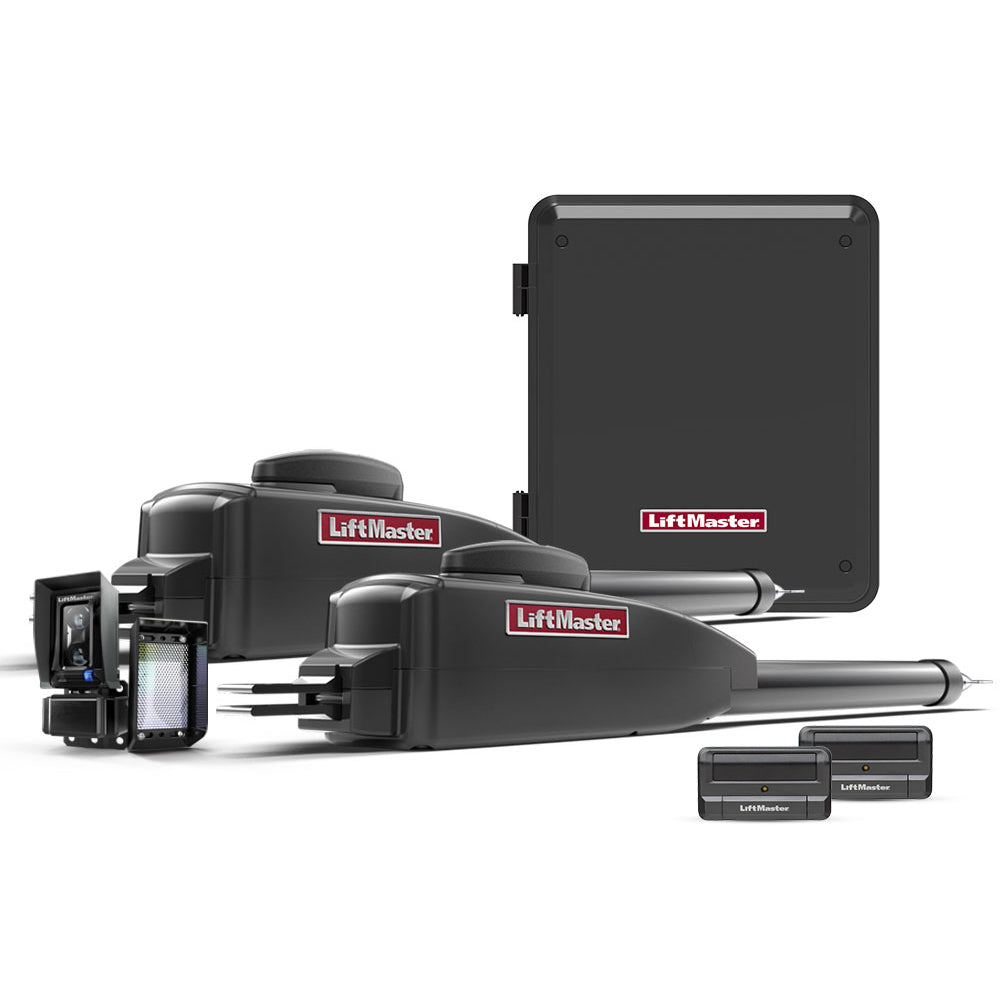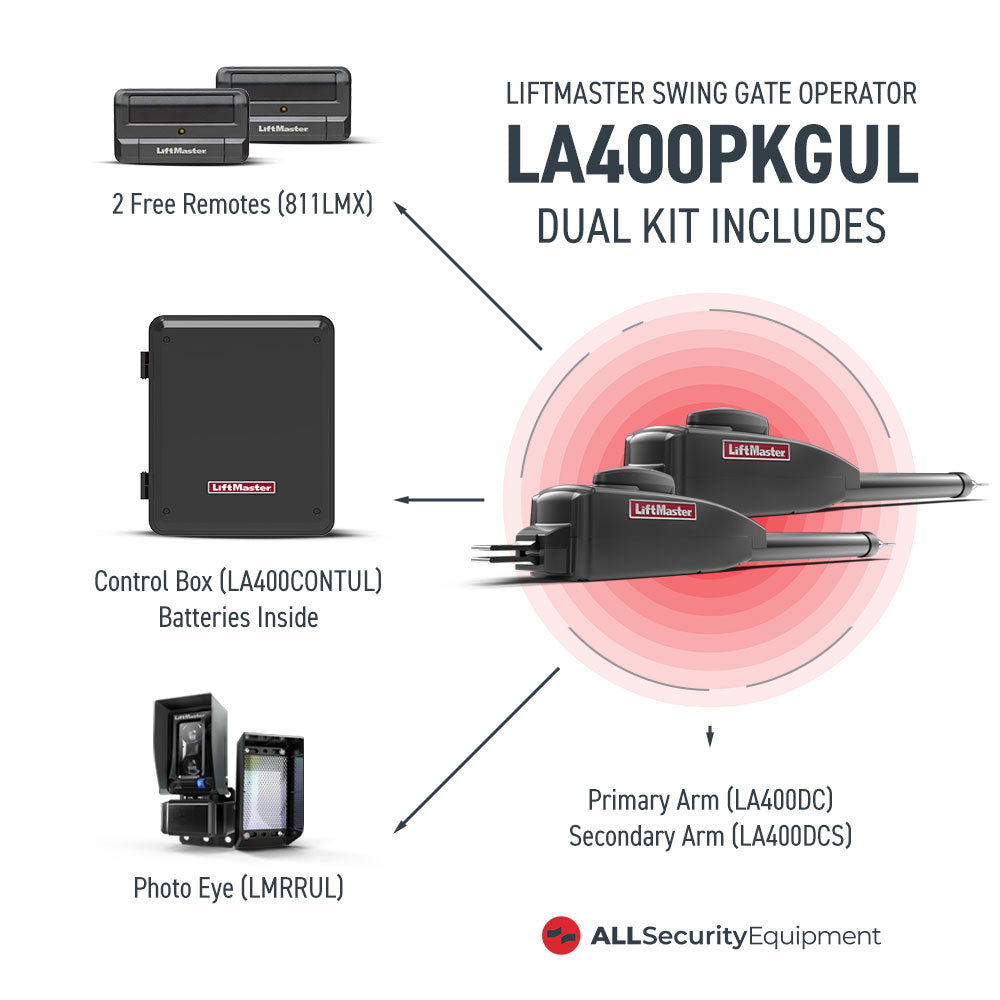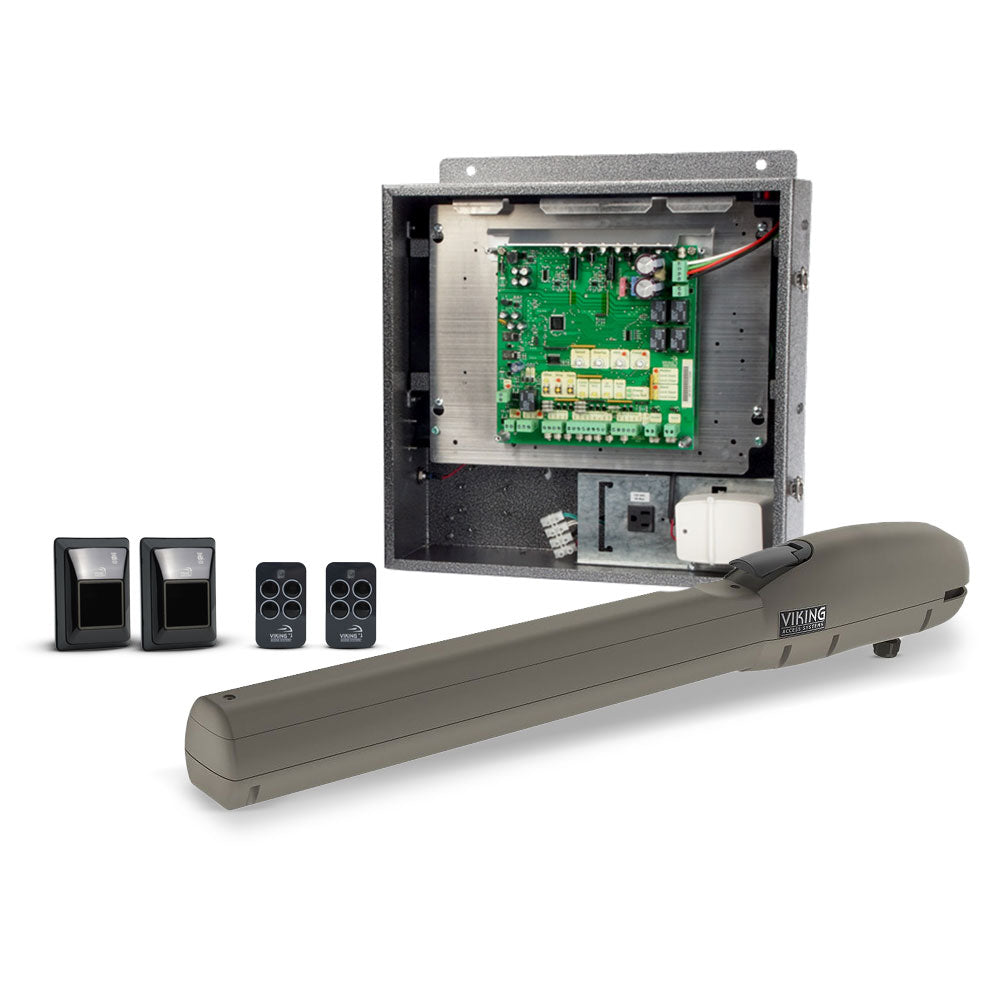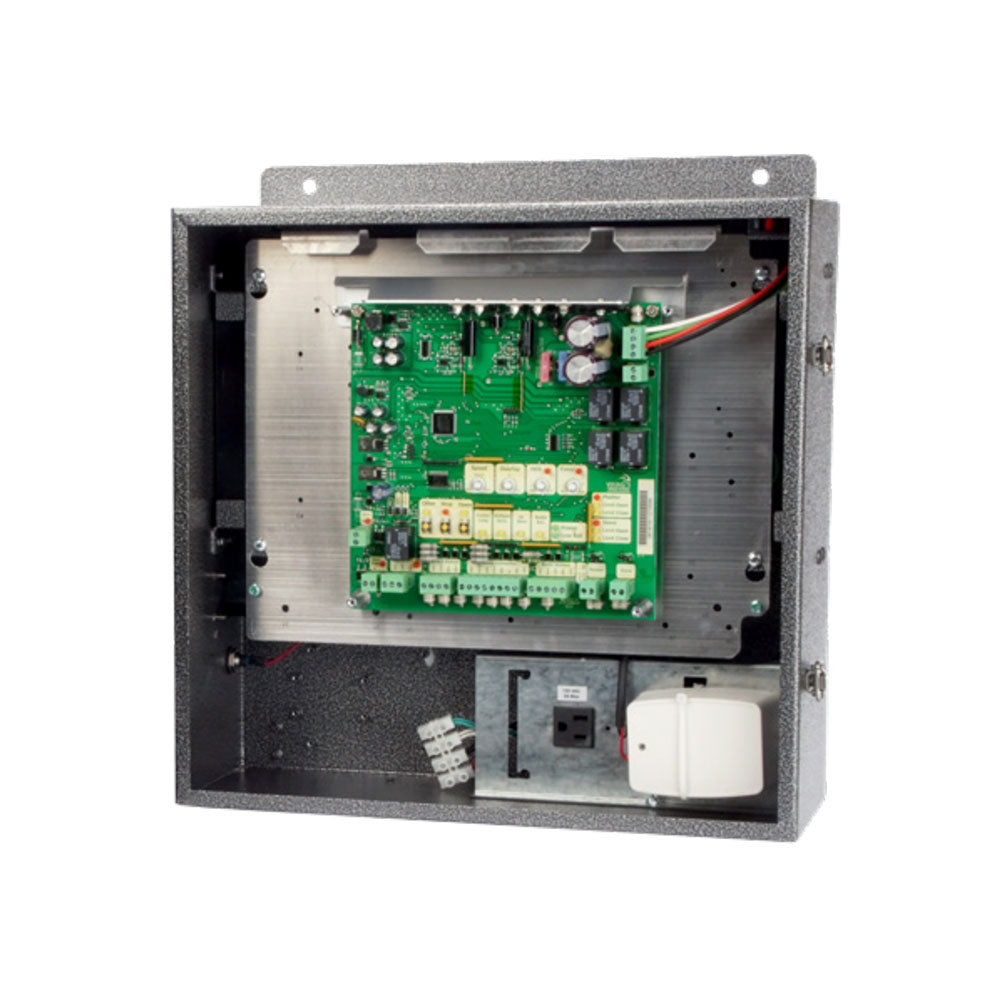Starting a business is challenging enough without worrying about security threats. The good news? You don’t need a Fortune 500 budget to implement a reliable security system. With strategic planning, you can protect your assets, employees, and customers without overspending.
The cost of business security varies widely from one business to another, but most small businesses can expect to spend between $1,000 and $4,000 on an entry-level security system, depending on the components used. A fully integrated system with cameras, alarms, and access control can cost up to $10,000, but most small businesses can start with core essentials under $2,500.
In this article, we break down the estimated cost of setting up a security system for a small business.
Step 1: Identify Your Security Needs
Before making any purchases, you must conduct a security risk assessment to ensure every dollar is well spent.
Key Questions to Ask
Below are key questions every small business owner must ask themselves before making any security purchases.
- What are the most significant security threats to my business? (e.g., theft, break-ins, cyber threats, vandalism).
- Which areas need the most protection? Entry points, storage rooms, parking lots, cash registers?
- How many employees and customers need access?
- Do I need a security system that integrates with existing technology?
Understanding the factors listed above prevents unnecessary spending and ensures you prioritize essential security components.
Step 2: Prioritize Must-Have Security Features for Small Businesses
If you have a limited budget, you must focus on cost-effective security tools that provide the highest level of protection at the best price.
Surveillance Cameras
The estimated cost per camera ranges from $100 - $600, depending on the resolution and features.
Why You Need It: Security cameras act as both a deterrent and an evidence-gathering tool in case of theft, vandalism, or disputes.
Recommended product: The UNV 4MP HD IR VF Eyeball Network Camera offers high resolution and affordability, making it the perfect monitoring device for small businesses.
Key Features:
- It captures high-definition footage for clear identification
- It works day and night with infrared night vision
- It can be monitored remotely via a smartphone or computer
Smart Locks & Access Control
The estimated cost per door ranges from $800 - $1200, including installation and keypads/card readers.
Why You Need It: Traditional locks are risky. Lock keys compromise security, and rekeying is expensive. Instead, smart locks and electronic access control provide better security and flexibility.
Recommended product: Most CodeLocks Smart Locks offer a cost-effective solution for keyless entry.
Key Features:
- Effectively eliminates lost key issues
- Provides access logs to track who enters and exits the building or specific rooms
- Allows remote unlocking and access control
Alarm Systems
The estimated cost per sensor/alarm system ranges from $150 to $600, with control panels costing between $100 and $300.
Why You Need It: Alarms provide instant alerts for unauthorized entry, break-ins, or suspicious activity.
Features to look for:
- Loud sirens to scare off intruders
- Remote alerts are sent to your phone in real-time
- Window and door sensors to detect forced entry
Motion-Activated Lighting
The estimated cost per unit of motion-activated lighting, depending on range and brightness, is around $50- $300.
Why You Need It: Criminals generally prefer to operate in poorly lit areas. Installing motion-activated security lights can prevent break-ins and increase employee safety.
Choose LED motion lights for better energy efficiency and long-term cost savings.
Cybersecurity Protection
The estimated cost per year for antivirus, firewalls, and cybersecurity software for small businesses is $1,400.
Why You Need It: Even brick-and-mortar businesses face cyber threats, including hacking, phishing, and data breaches.
Key Cybersecurity Steps:
- Use strong passwords and multi-factor authentication
- Secure your WiFi network and business data
- Regularly update security software and firewalls
Step 3: Choose a Scalable Security System
A common mistake small business owners make is investing in a security system that can’t scale as their company grows.
When looking to install a scalable security system, ensure that you use:
- Expandable camera systems: You can start with one or two cameras and add more as needed.
- Cloud-based monitoring: A security system that allows cloud-based monitoring allows you to enjoy remote access and real-time alerts from anywhere.
- Modular access control: Any system you choose must allow you to easily adjust access permissions as your team grows with your business.
Avoid security systems that lock you into expensive future upgrades. Invest in modular security solutions that allow for much more flexible expansion.
Step 4: Balancing Cost & Quality
While it can be tempting to choose the cheapest security system available, many low-cost options sacrifice durability and effectiveness.
Tips to keep in mind when shopping for security equipment:
- Choose reputable brands like LiftMaster, Hikvision, and CodeLocks, known for their reliability and quality.
- Opt for wired cameras if you have a stable internet connection to avoid WiFi disruptions.
- Compare the warranties and support services of different brands before making a final purchase.
Whatever system you decide to install, factor in installation costs. While some systems are DIY-friendly, others may require a professional setup.
Step 5: Maximize Savings With Pro Accounts
For small businesses, bulk purchases and exclusive discounts are likely to significantly reduce costs. Instead of paying full price, take advantage of All Security Equipment's Pro Account benefits.
What Are Some Pro Account Benefits?
- It allows you to enjoy bulk pricing discounts on security equipment
- You get priority support for faster issue resolution
- It allows easier reordering to keep your security system up and running
Sign Up for a Pro Account Today and Save Money on Every Purchase!
Step 6: Additional Security Measures for Full Protection
Beyond security devices, there are other smart ways to protect your business.
They include:
- Employee Training: Teach staff how to handle security threats and report suspicious activity.
- Regular Security Audits: Conduct routine safety checks to identify potential weak spots.
- Emergency Action Plans: Have clear procedures in place to counter break-ins, cyberattacks, and natural disasters.
A multi-layered security approach (physical and digital security) is the best way to reduce risks and protect assets.
Protect Now, Scale Later
Security is not an option – it’s a necessity. With smart choices, you can protect your business from threats while staying within budget.
Ensure that you:
- Start with high-impact security tools like cameras, smart locks, and alarms
- Choose a scalable system that adapts to your business as it grows
- Use All Security Equipment’s Pro Account to get the best deals on security solutions
Want expert advice on the best security system for your business? Browse All Security Equipment for cost-effective solutions tailored to your needs.
Explore Small Business Security Solutions Now!


